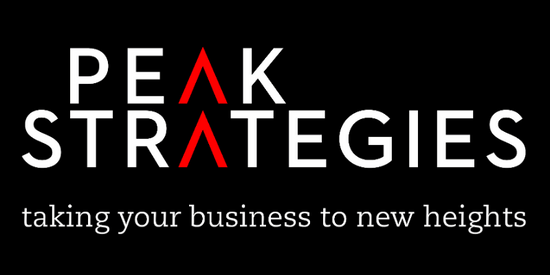No doubt all pharmacists and pharmacy owners over the past few months have experienced a flooding rains and drought scenario as a result of the Covid-19 pandemic.
Of course, every pharmacy is different, and every location is different, but certainly from the data we are seeing many pharmacies experienced an extraordinary March with the impact of hoarding and panic buying particularly evident. April though is showing the opposite, with many pharmacies experiencing a significant downturn in turnover. Though like I said, every pharmacy is different.
So, if over the next year or so, you are looking at buying a pharmacy, your decision-making process, particularly around understanding the earnings of the business and valuations is going to be a little trickier. Basically, because you are trying to determine an earnings streams based on an unusual, unprecedented event.
In applying a valuation methodology to a pharmacy business based on an earnings period that covers those months mentioned above, it would pay to go back to the basics of valuation methodology and theory. If you remember, a pharmacy business is typically valued based on the “Capitalisation of Future Maintainable Earnings” method. The formula for this is shown as follows:
Business Value = $ Future Maintainable Earnings
Capitalisation Rate %
The key term here is “Future Maintainable Earnings”. What is it? Essentially the level of profits the business on average is expected to maintain in real terms. The key here is maintainable earnings. Earnings in March 2020 at the height of the hoarding and panic buying phase is not maintainable. Similarly, the lack of earnings in April, and potentially May, as a result of the government enforced restrictions is also not maintainable, but from an opposite effect.
How should we approach this scenario in future pharmacy business valuations? Perhaps we should be “normalising” the earnings for these two months. Normalizing could be in the form of reducing the earnings in March or increasing the earnings in April. Of course, this most certainly needs to be done on a case by case basis. Normalising could be based on the earnings in the same months last year, potentially adjusted by year to date growth factors (positive or negative).Whilst July 2019 to February 2020 would be considered normal trading, March and April were most certainly not. Where does that leave May, June etc? Well that is a bit hard to determine at present. Certainly, with some of the restrictions being removed pharmacy May could just about be considered normal. Though at this stage it is a bit hard to know for certain and we will know more in the fullness of time based on each pharmacy’s trading results.
The other consideration is making sure the government incentives are considered and adjusted for in your assessment of earnings. Year adjustments to earnings should include a proper assessment of wages, with the Jobkeeper payments to the employees are reversed out. But also make sure the income from Jobkeeper is also reversed out. Similarly, the Cashflow Boost payment will need to be reversed out as well. These are abnormal items and certainly are not components of future maintainable earnings. Also noting the changes to Payroll Tax and any associated JobKeeper based rent adjustments.
The other consideration is capitalization rates. “Cap rates” are governed by a whole range of issues, too much to put into this blog, but essentially it reflects the Return on Investment as well as a measure of market forces, and a measure of risk. The risk element is interesting here, because risk entails business elements, industry elements, economic elements as well. Short term economic risks as a result of the pandemic and associated restrictions have been well documented and potentially may be a factor in future cap rates. Then there is the 7CPA, unknown factor as well. But pharmacy valuations in the past have been very heavily determined by the forces of supply and demand. Demand has historically always outstripped supply which has kept cap rates consistent. Will the impact of the Coronavirus have any impact on have any impact on demand for pharmacies, or will it be “business as usual”? Time will tell.
The main point I am getting at here, is making you are aware of the current issues at play when you are assessing a pharmacy business for sale. Make sure you fully analyze the monthly turnover, gross profit, wages and profitability over the course of March, April onwards. Make sure you give proper assessment to what a normal earnings stream of the business is. Lastly what normal industry capitalization rates are is one thing, but the true skill is applying a risk adjustment to that cap rate based on the economic road ahead, but mostly the risks of the business in question. Certainly, overall the assessment of pharmacy business values is going to be a lot more tricky and will require more careful analysis going forward.

